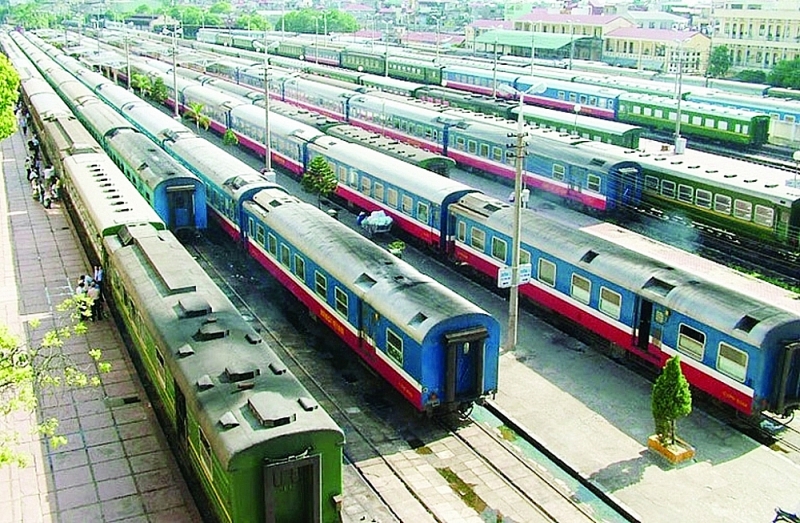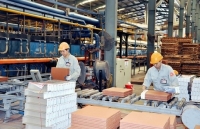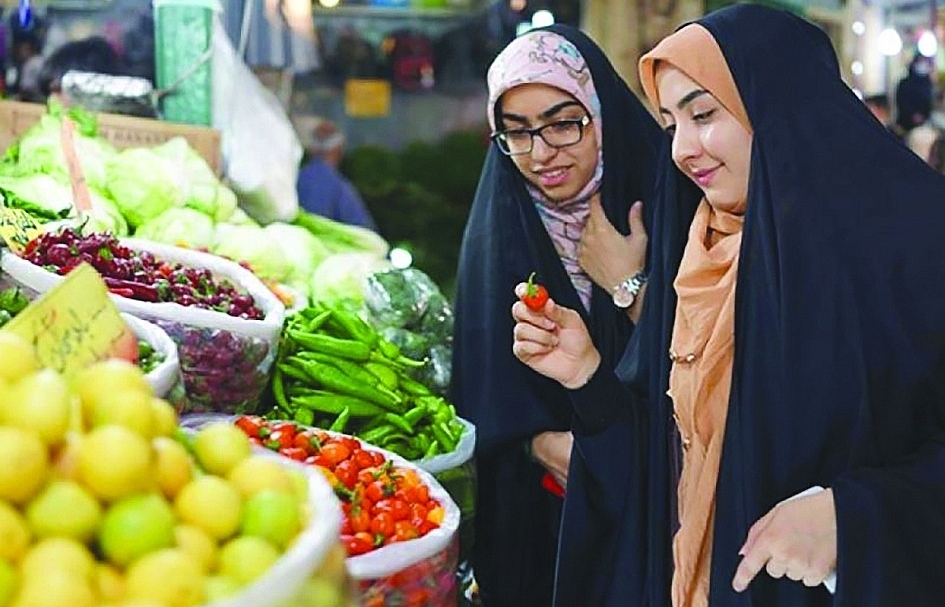Why railways do not attract investment from private enterprises?
 |
| The investment resources for railways are very limited, meeting about 2-3% of the requirements. Photo: ST |
Revenue not enough to cover expenses
According to the Vietnam Railway Corporation (VNR), due to the impact of the Covid-19 pandemic and the construction of works under the VND7,000 billion package as planned, railway transport production results are forecast to decline seriously in 2020.
Within the first four months of 2020, VNR had to stop running 2,126 passenger trains over the period. Taking measures to control the spread of the Covid-19 pandemic, the railway industry had to stop many passenger trains, especially the North-South routes, which were high-revenue types. According to VNR's expectation, profit after tax in 2020 is expected to suffer a loss of more than VND1,394 billion, of which operating loss is nearly VND712 billion.
These difficulties are a part of the story, the reason for insufficient revenue to cover losses is due to limited investment resources; and inadequacies in management mechanisms and operating models. Meanwhile, the mechanism to facilitate enterprises to be autonomous in their production and business activities has not been implemented.
Commenting on the current situation of the railway industry, Deputy Minister of Transport Nguyen Ngoc Dong said Vietnam's railway system had been formed for more than a century, the railway network remained the same without new routes to connect other regions, and some of them have been removed. The railway industry still operates on the one-meter gauge system, accounting for 85% of the national railway system. The entire route has 297 stations, but most of them are small-scale with old infrastructure, which leads to the fact that the transport market share of the railway industry has decreased at an alarming rate.
In the past ten years, the railway industry has not made any big breakthroughs in infrastructure due to limited investment resources, which meets about 2-3% of the requirements. The mobilization of other sources has not been effective, so the railway market share is only 0.2% of passenger transport volume and 1.2% of freight transport volume (in 2019).
Currently, the passenger transport market share of the railway industry is declining and difficult to compete with road and air transport, while the market share of freight transport is difficult to compete with sea and road transport. Moreover, investment capital for railways will be three or four times higher than roads and the State still has to play a leading role in infrastructure investment. However, even if the State budget is in charge of railway infrastructure, if VNR does not change its model as well as create a mechanism to attract private investors, the railway industry will find it difficult to develop.
Stuck due to many barriers
According to many experts, the railway industry has not been able to attract the investment capital of private enterprises because this is a type of investment which must be synchronized in all tracks, locomotives, and railway stations. Meanwhile, it is necessary to invest in only five kilometers of road to exploit it immediately. Large investment but no return on capital right away is an obstacle when calling for investment in this field.
Deputy Minister Nguyen Ngoc Dong said the main reason was that the investment in railways must be synchronized from infrastructure to vehicles and operating with large investment rates and long-term capital recovery. Therefore, the State must invest in infrastructure, in particular, call on the private sector to exploit train stations or invest in some urban railway lines by developing nearby urban areas or providing assistance. The State can also assign private enterprises to exploit the infrastructure by franchising.
According to Vu Anh Minh, Chairman of VNR's Board of Members, the difficulty of the railway industry is a low investment rate, and the regular maintenance budget from the State budget only meets 30-40% per year. For other modes of transport, such as aviation, the runways for aircraft are invested by the State, and aprons and terminals are invested by the Ministry of Defense. For maritime routes, navigational channels and lighthouses belong to the State, and service ports belong to enterprises. For road, roads are invested by the State, bus stations and services belong to enterprises. But for railways, the entire infrastructure, including warehouse and yard are State owned.
“Although the revised Railways Law allows general commercial services to be rented at stations, who does business, and whether or not the business is successful depends on business rights. The VNR is assigned to manage and exploit this whole property, but the capital does not belong to VNR, and the property is managed for the State. Therefore, we need to modify the mechanism so that the railway is equal with other means of transport. And then it will have the opportunity to develop alongside other means of transport,” said Minh.
Mr. Trinh Anh Minh, the representative of Thao Nguyen Transport Co., Ltd. said the railway industry should have taken advantage of the cheap price to attract businesses then create a closed logistics network.
 | Private investment adds fresh impetus to economic growth A number of obstacles concerning the national business climate should be removed in an attempt to attract ... |
"It can be said the railway industry has potential, but to turn potential into advantages, it requires a reasonable investment form and clear legal corridor to attract investment capital. However, in the long run, with positive policy prospects, with the support from the Government and positive changes of railway policies, private businesses will surely be more interested in investing in the railway field,” Mr. Minh stated.
Related News

Continue to handle cross-ownership in banks
10:35 | 02/11/2024 Finance

"One law amending four laws" on investment to decentralize and ease business challenges
16:44 | 01/11/2024 Regulations

Removing difficulties in public investment disbursement
09:30 | 31/10/2024 Finance

Exposing a transnational drug ring hidden in pet food
14:42 | 28/10/2024 Anti-Smuggling
Latest News

Import and export are expected to reach 800 billion USD
13:32 | 04/11/2024 Import-Export

Fresh coconuts quenching new overseas markets
13:29 | 04/11/2024 Import-Export

Rice exports likely to set new record in 2024
13:25 | 04/11/2024 Import-Export

Vietnamese goods conquer halal market through trust and quality
09:57 | 04/11/2024 Import-Export
More News

Exporters urged to have strategies to take advantage of UKVFTA for expansion
17:33 | 03/11/2024 Import-Export

Fresh coconuts quenching new overseas markets
17:29 | 03/11/2024 Import-Export

Vietnam and UAE trade sees billion-dollar growth
07:15 | 03/11/2024 Import-Export

Sharing responsibility for ensuring security and safety of the supply chain
07:13 | 03/11/2024 Import-Export

Many factors affecting tuna exports in the last months of the year
19:38 | 02/11/2024 Import-Export

Vietnam still dominates Philippine rice import
19:36 | 02/11/2024 Import-Export
Vietnam cements ties with partners to engage in global semiconductor, AI industries
19:35 | 02/11/2024 Import-Export

Aquatic exports expected to rise in year-end despite challenges
19:33 | 02/11/2024 Import-Export

Trade Defense: The Key to Success for Vietnamese Businesses
10:39 | 02/11/2024 Import-Export
Your care

Import and export are expected to reach 800 billion USD
13:32 | 04/11/2024 Import-Export

Fresh coconuts quenching new overseas markets
13:29 | 04/11/2024 Import-Export

Rice exports likely to set new record in 2024
13:25 | 04/11/2024 Import-Export

Vietnamese goods conquer halal market through trust and quality
09:57 | 04/11/2024 Import-Export

Exporters urged to have strategies to take advantage of UKVFTA for expansion
17:33 | 03/11/2024 Import-Export





